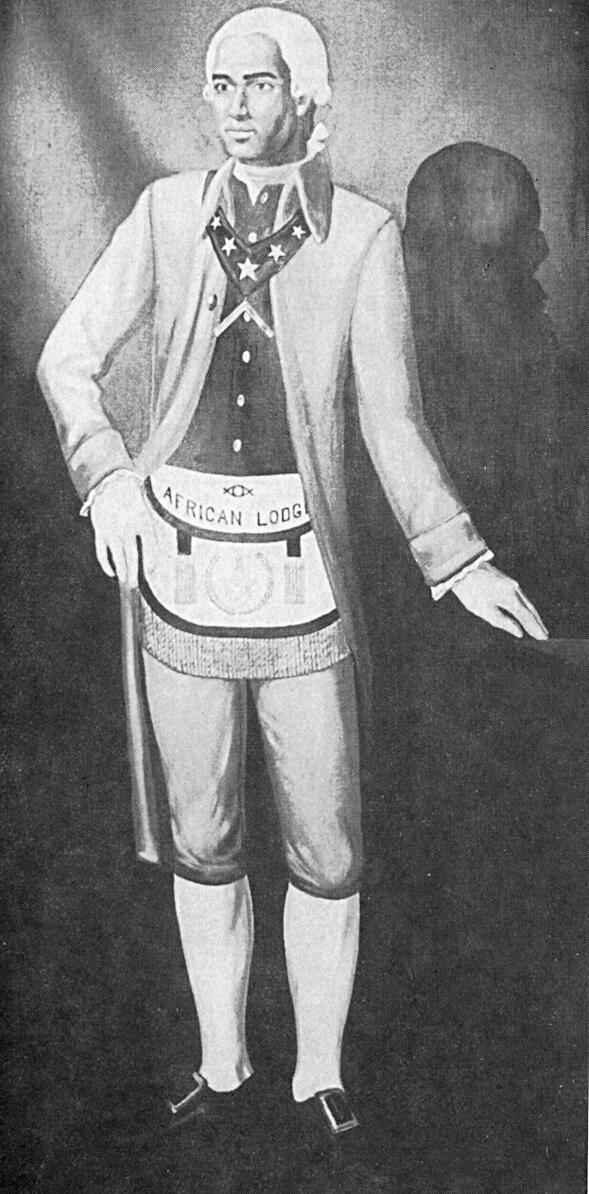Here’s an old video of the Black Irish of Montserrat in the Caribbean. Many of the Irish were forcibly deported when the English had conquered Ireland. The military campaign was led by the famous military leader known as Oliver Cromwell who was the Lord Protector of the Commonwealth of England, Scotland and Ireland for Henry VIII.
It was at this time that all royal and Catholic owned land was confiscated and given to English and Scottish settlers. Many of the Old Irish and Catholic who had opposed English rule and or were a threat were either massacred and or as in this case, they were forcibly moved to a faraway island.
From the Sun Sentinel: “Mountains, villages and scenic sites bear names like St. Anthony`s, Sweeney`s Well, Kinsale and Potato Hill.
Visitors` passports are stamped with a shamrock, and St. Patrick`s Day is a national holiday.
The island is filled with Sweeneys, Rileys, O`Briens and Kellys, blue-eyed Irish with skins in all shades of black and brown.
This is Montserrat, “Emerald Isle of the Caribbean,“ where shared servitude forged a bond between blacks and whites that has endured for 400 years.
“There is great respect for all colors here,“ said Dan Sweeney, whose African-Irish heritage shows in his brown skin and the red highlights in his black curly hair.”
“There is great respect for all colors here,“ said Dan Sweeney, whose African-Irish heritage shows in his brown skin and the red highlights in his black curly hair.
“Here it is impossible to be racist when you know that somewhere in your background you have relatives that are white and Irish. There`d be less racial tension worldwide if people could relate to each other the way we do on Montserrat.“
The role of the Irish on Montserrat is known to few in the United States, and even the people of Montserrat are sometimes fuzzy on the details.
Nearly 300 families of the 1,600 listed in the phone book have Irish surnames. Island historians say they are unsure of how many Irish Africans live on the island.
Cromwell`s British invaders shipped as many as 130,000 Irish to colonies in the Americas and the West Indies as slaves and indentured servants in the early 1600s, historians say. At least a thousand of them wound up on Montserrat, a British dependency 27 miles southwest of Antigua, toiling on sugar plantations with African slaves.
n the mid-1600s, a majority of the islanders were Irish, and many of 11,000 who live there now speak with a lilt descended from the Gaelic language.
Marriages among the Irish and African slaves and the mingling of their diverse heritages produced a unique culture where racism could never arise.
Hoping to learn more about Montserrat`s Irish connection, members of the South Florida chapter of the Irish American Unity Foundation flew to the island last week. They spent four days documenting the island`s history, intending to share their research with Irish Americans.
“Too many Americans are ignorant about their Irish history,“ said the trip`s organizer, Marie Tierney Smith, of Miami, Florida president of the Irish American Unity Foundation.
“They sing Danny Boy and drink green beer on St. Patrick`s Day, but they have no idea that the Irish were sold into slavery like the Africans.“
Bob Linnon of Boynton Beach, national president of the Irish group, said, “Some Irish might not be crazy about the idea of black Irish, but regardless it`s part of our heritage.“
The Floridians lost no time in their quest. Not long after they flew into Montserrat, Smith asked a group of black taxi drivers: “Any Kellys, O`Brien`s or Murphy`s here?“
The men smiled and shook their heads.
Carrying a video recorder, cameras and notebooks, the South Floridians traveled the island`s narrow, winding roads past lush green hills. They passed Irish villages such as St. Patrick`s and St. John`s. They stopped at small bars with “Guinness is good for you“ signs on the walls.
One of the bars they visited was Gingoes` Corner View, a small blue-painted shack with four stools, a counter and plenty of Guinness, the thick black beer that came from the Ould Sod.
Guinness signs and Guinness drinkers are as common on Montserrat as they are in Ireland. “We serve plenty of the Guinness,“ said Gingoes` proprietor, Veronica Greenaway.
The tour group questioned dozens of Montserratians about their island`s history and their Irish connections.
“Are you Irish? Are you a descendant of the Irish slaves?“ Smith asked taxi driver Sam Corbett.
The dark skin of Corbett`s forehead wrinkled in bewilderment. “I didn`t know there were any Irish slaves. They didn`t teach us this in school.“
“There were Irish slaves and they had hard times and suffered just like the black slaves,“ Smith said. “With an Irish name like Corbett you could be a descendant of one of the slaves.“
Corbett thought for a minute and then related a story about his brother`s child.
“The baby was light-skinned and had blue eyes,“ said Corbett. “My brother thought his girlfriend had been with one of the white sailors. But then my grandmother told him that my great-grandfather was Irish. And that his baby was probably light-skinned because of our great-grandfather.“
Smith and her Irish group learned that many Montserratians like Corbett were unaware of their Irish roots. They also discovered that the island`s history varied, depending with whom they talked.
Some Montserratians recounted Irish slave stories passed on to them by their grandparents. Other islanders said there were never any Irish slaves, only indentured Irish servants. Some said the Irish ran the plantations rather than working on them.

Moe is the founder of GnosticWarrior.com. He is a father, husband, author, martial arts black belt, and an expert in Gnosticism, the occult, and esotericism.


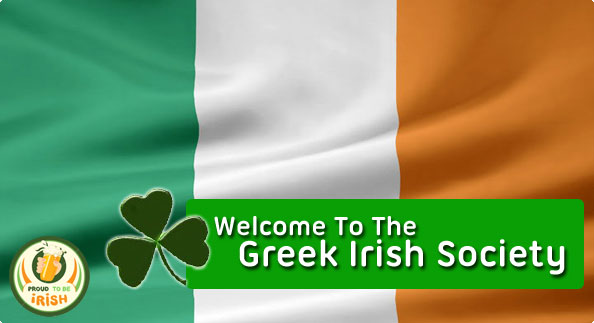
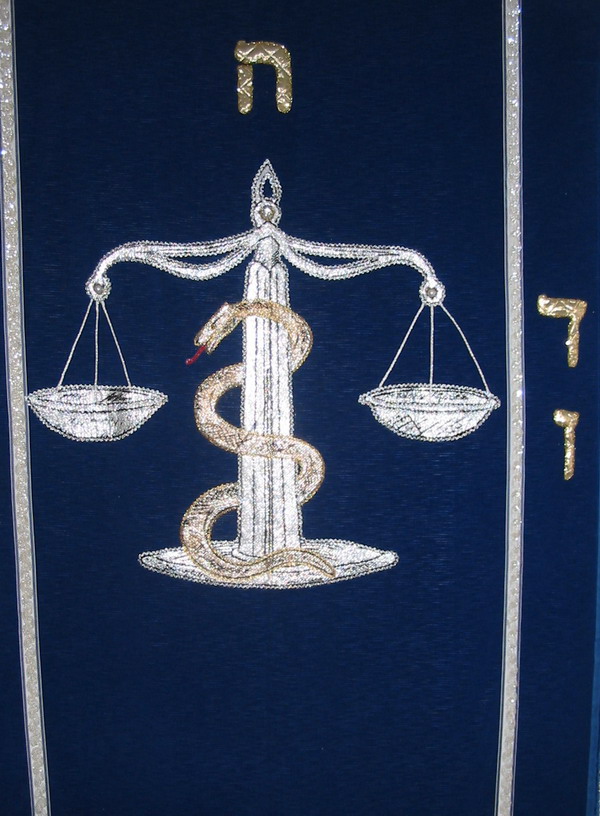
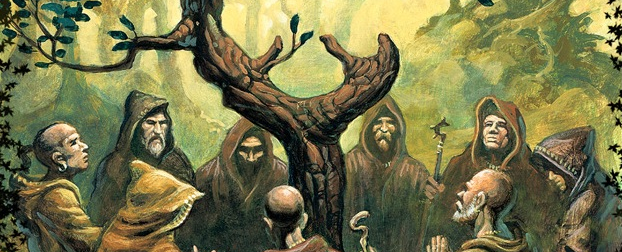
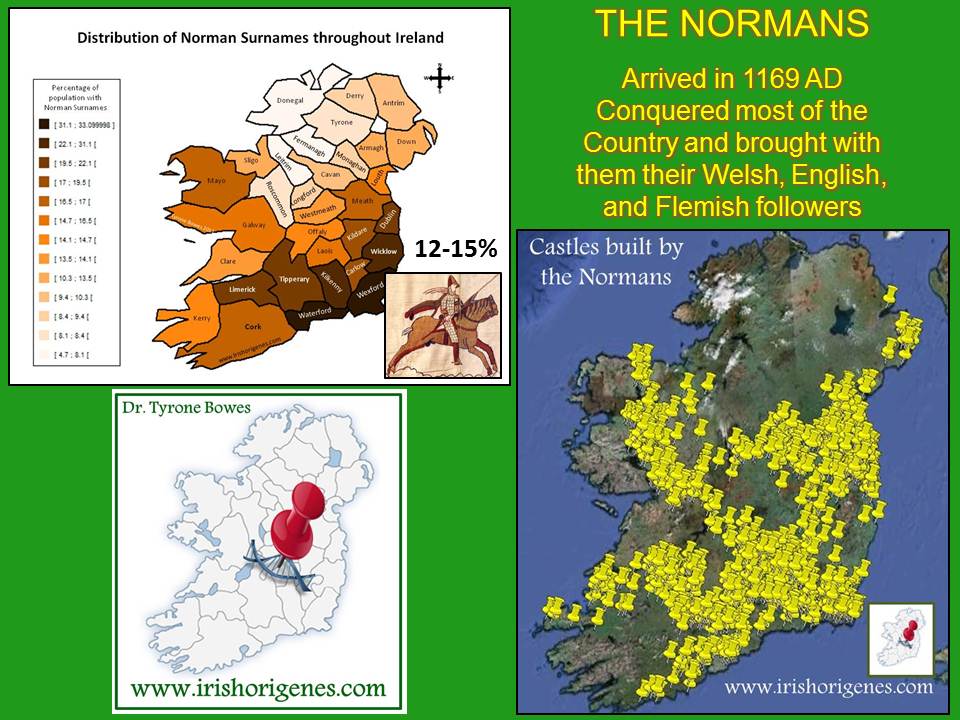
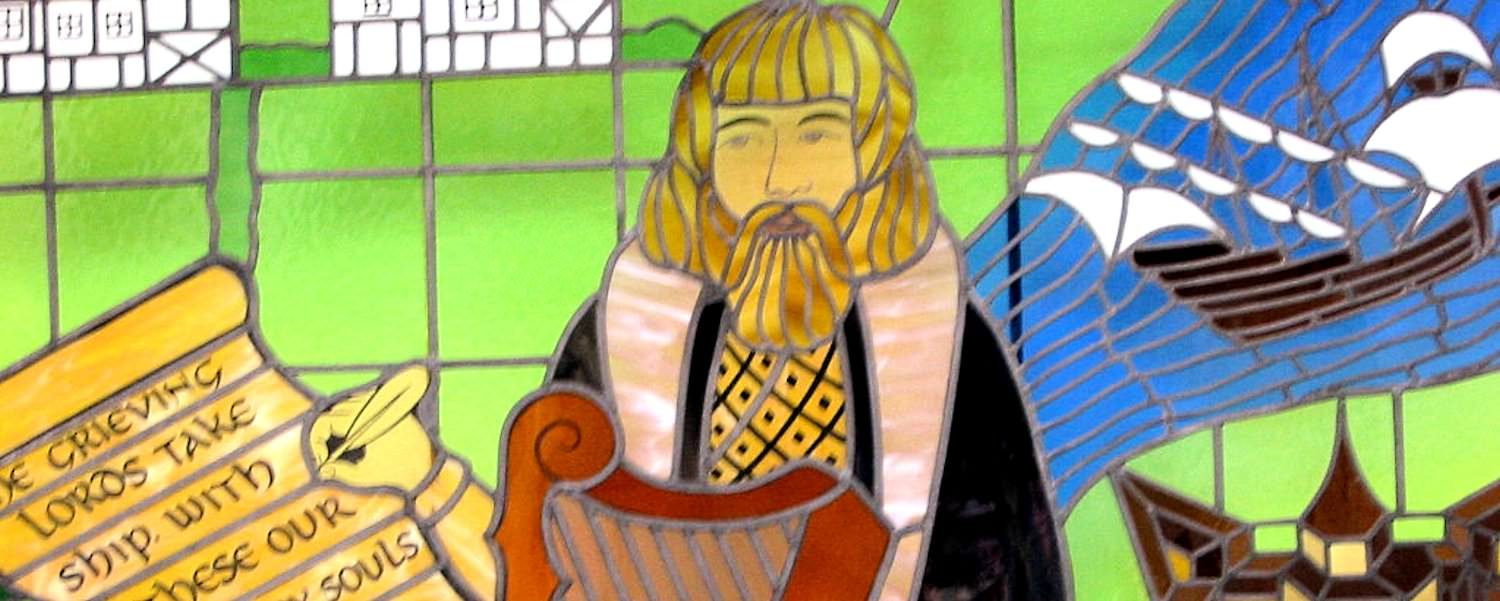
![The Irish Ollam: Go ye and teach all nations Havell, Robert; Smith, Charles Hamilton; C.H. Smith & S.R. Meyrick, <I>The costume of the original inhabitants of the British Islands,</I> London 1815, pl.[IX]; Irish Ollamh and an Heraldic Bard](https://www.gnosticwarrior.com/wp-content/uploads/2019/10/Irish-Olamh.jpeg)
